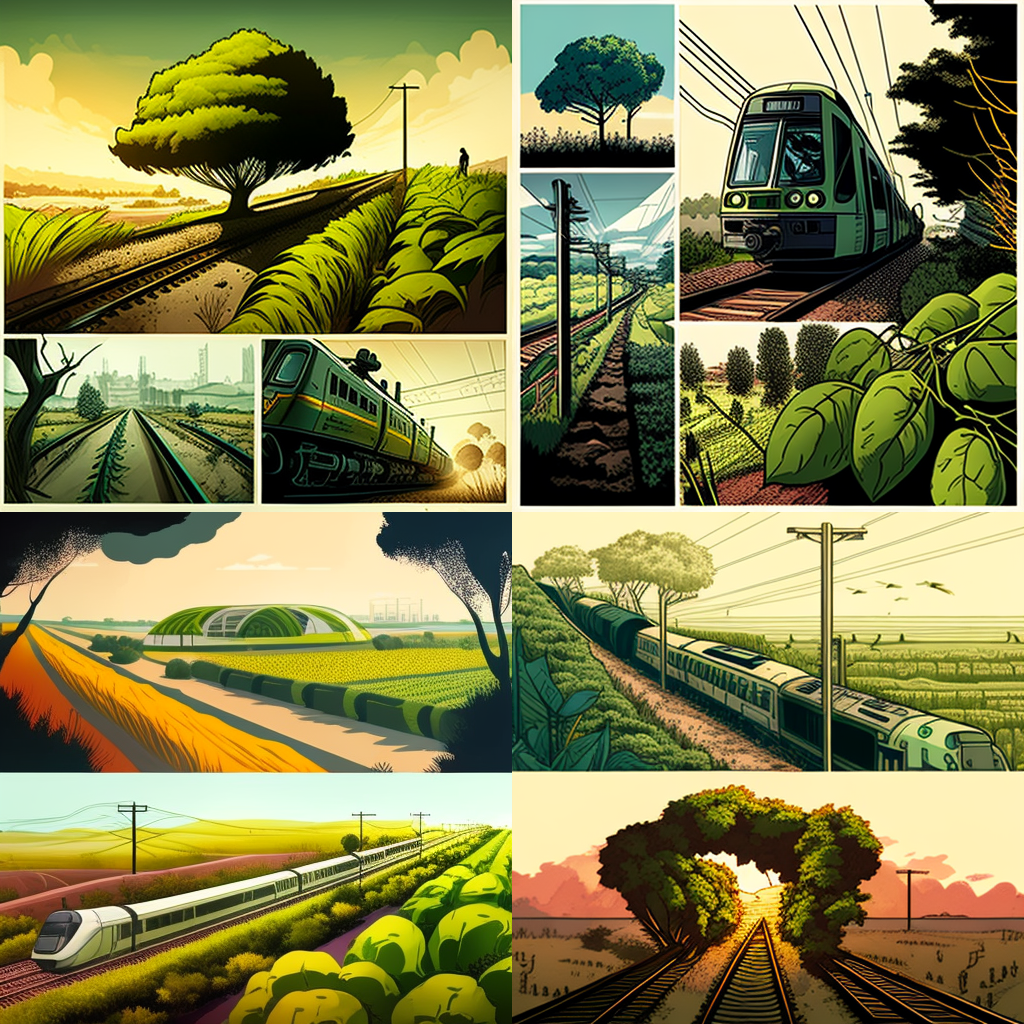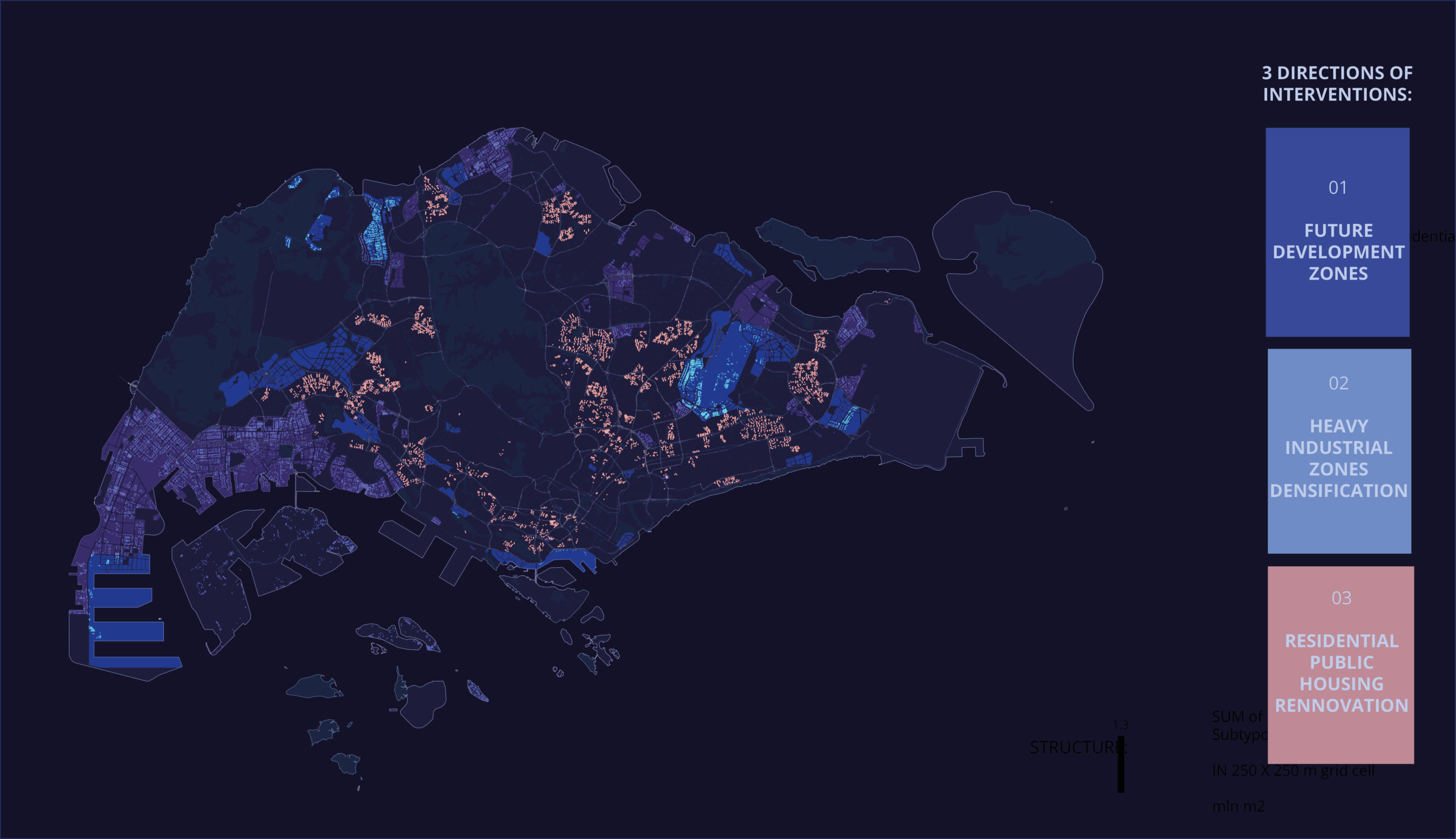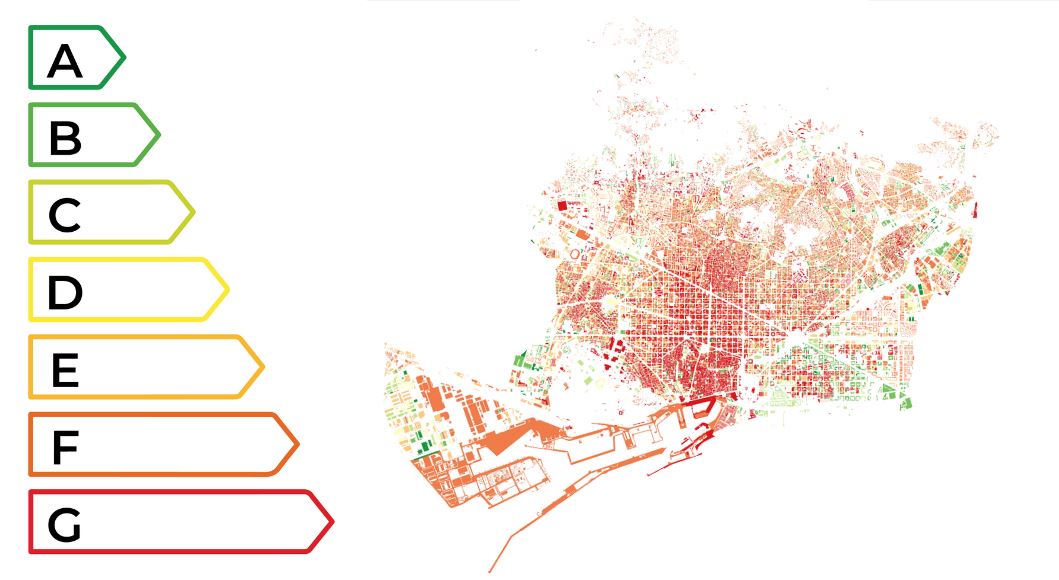IAAC’s Master in City & Technology (1 or 2-year program) is a unique program oriented towards redefining the analysis, planning, and design of twenty-first-century cities and beyond. The program offers expertise in the design of digitally enhanced, ecological and human-centered urban environments by intersecting the disciplines of urbanism and data science. Taking place in Barcelona, the capital of urbanism, the Master in City & Technology is training the professionals that city administrations, governments, industries, and communities need, to transform the urban environment in the era of big data.
ONE MUMBAI CITIZEN TOOL
INTRODUCTION Urbanization poses escalating threats to ecological systems, necessitating the creation of urban ecological commons. This exercise focuses on Mumbai’s metro network, comprising 357 kilometres, 16 lines, and 38 interchanges, as a context for enhancing neighbourhood biodiversity through strategic environment plugins. By leveraging NDVI mapping from Google Earth Engine, areas with high ecological threats and … Read more
The 3-30-300 Rule
TRANSFORMING CITIES INTO URBAN FORESTS This principle, proposed by Cecil Konijnendijk, highlights the significant role played by urban forests and other forms of urban nature in promoting our health, well-being, and resilience to climate change. It acknowledges the need to consider various aspects of urban forests to achieve success. It also emphasizes the importance of … Read more
Mitigating embedded CO2 in the urban tissue of Singapore
Main challenge: densify city, connect nature, and mitigate embedded CO2 Singapore is one of the densest countries in the World. Nature-conscious city densification has to consider reimbursement of natural patches within built environment, applying an connecting nature approach similar to a multi-tiered tropical forest. Mitigation of embodied carbon stays in a row with nature connectivity. … Read more
[RE]CONSTRUCT
This research project aims to investigate the lifecycle of commonly used construction materials in Barcelona, analyse the materials being demolished in the city, and explore the waste management practices employed by Barcelona for construction and demolition waste. The primary objective is to provide valuable insights into the environmental impact and sustainability of construction materials, identify … Read more
Bio-Digital Paths
“Bio-Digital Path” is a computational model of modular public spaces generated from emerging public movements within the existing urban fabric of Barcelona. Global challenges consist of both environmental threats, but also social challenges and this project suggests that planners and architects actually have the tools to construct the public space not as a separate but … Read more
Decarbonization of Housing Stock in EU
Buildings are an intrinsic part of our lives, where we spend most of our time and unfold as human beings. However, through its different forms, the built environment is responsible for the majority of our energy consumption (around 40 %) and a primary source of greenhouse emissions GHG (around 36 %) (Anderson et al., 2015). … Read more








